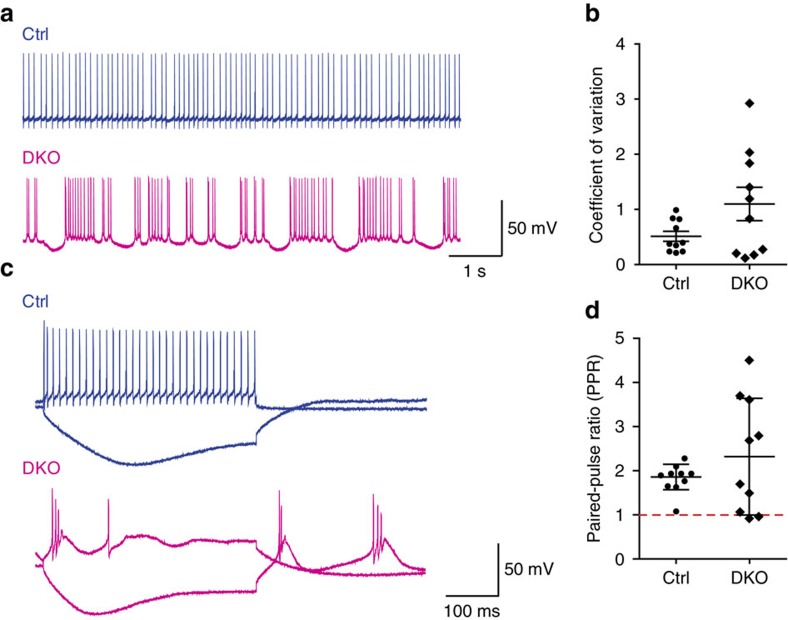Figure 9. Aberrant electrophysiological properties in the PCs of Lhx1/5 DKO mutants.
(a) Typical traces of PC spontaneous firing showing differences in the firing patterns of spontaneous spike between the control PCs (top) and the mutant PCs (bottom). (b) Scatter plot showing the coefficient of variation (CV) of interspike intervals of the PCs from the controls or the DKO mutants. (c) Representative traces of PC firing in response to depolarizing and hyperpolarizing current injections. Regular repetitive firing and hyperpolarization with inward rectification are shown by the control PCs (top) but bursts of action potentials reminiscent of complex spikes during depolarization and at the termination of a hyperpolarizing response are shown in the mutant PCs (bottom). (d) Scatter plot showing the difference in paired-pulse ratio (PPR) between the control PCs and the mutant PCs after delivery of dual stimuli to PFs. Note the greater variability in PPRs in the PCs of the DKO mutants. Data points above the dotted line represent paired-pulse facilitation, while data points below the dotted line represent paired-pulse depression. For all scatter plots, the bars indicate the mean values and 10 PCs from 5 mice were analysed for each group.

